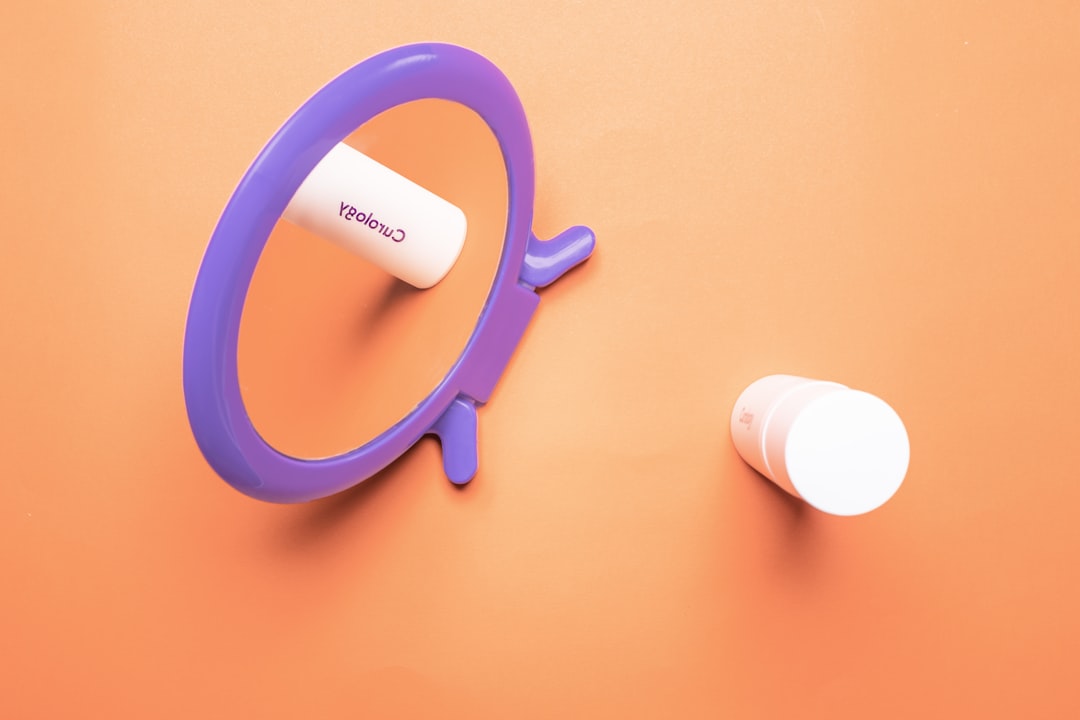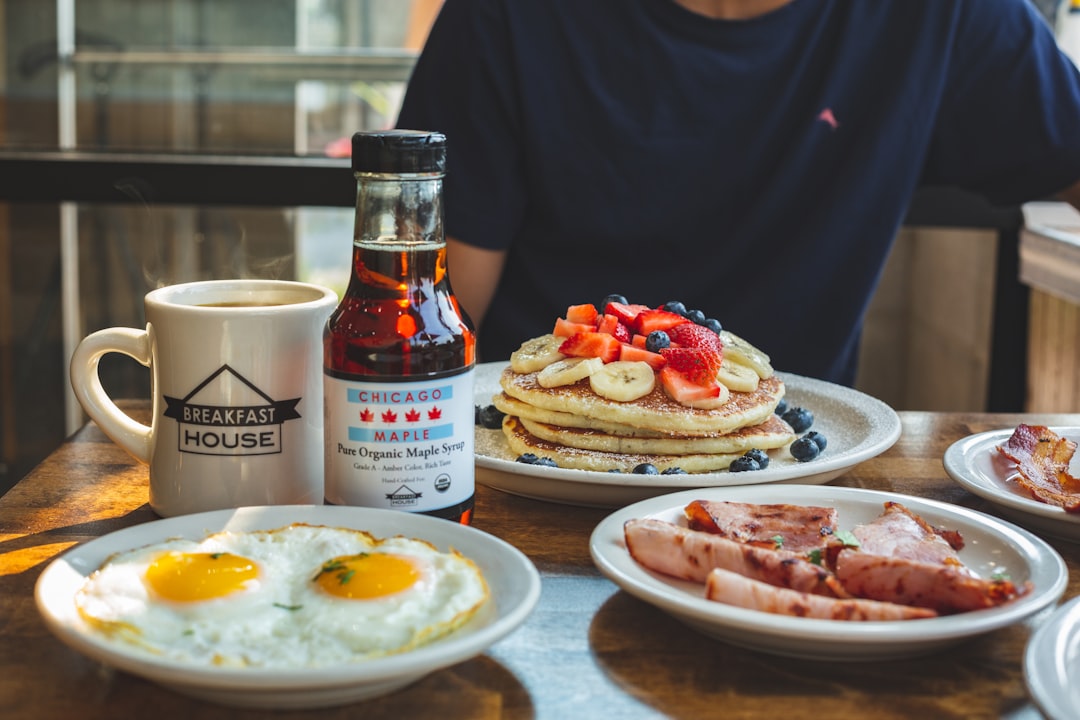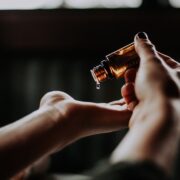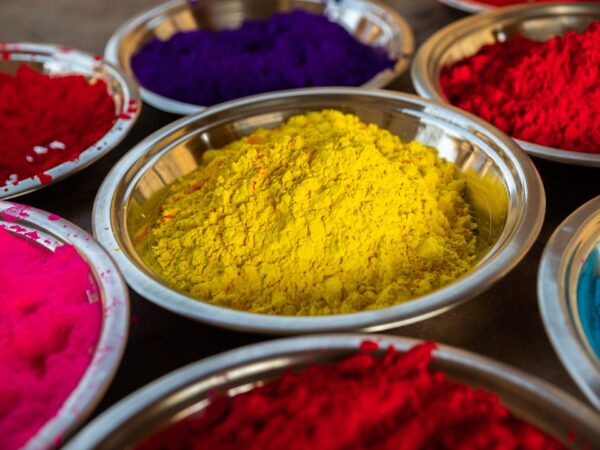
Managing Ordinary Oily Skin: Tips and Tricks
Oily skin is a common skin type that is characterized by an overproduction of sebum, the natural oil produced by the skin. This excess oil can lead to a shiny appearance, enlarged pores, and a predisposition to acne and breakouts. Understanding your skin type is crucial for maintaining healthy and balanced skin. By understanding the causes and characteristics of oily skin, you can develop a skincare routine that effectively manages oil production and keeps your skin looking its best.
Key Takeaways
- Oily skin is caused by overproduction of sebum, which can lead to clogged pores and acne.
- Identifying your skin type is important to determine the right skincare routine and products.
- A daily skincare routine for oily skin should include cleansing, toning, and moisturizing.
- Choosing oil-free and non-comedogenic products can help control oil production and prevent breakouts.
- Exfoliating and using facial masks can help manage oily skin, but it’s important not to overdo it.
Understanding the Basics of Oily Skin
Oily skin is characterized by an overproduction of sebum, which is produced by the sebaceous glands in the skin. Sebum is necessary for keeping the skin moisturized and protected, but when there is an excess production, it can lead to oily skin. The causes of oily skin can vary from person to person, but some common factors include genetics, hormonal changes, and environmental factors such as humidity.
Common characteristics of oily skin include a shiny appearance, especially in the T-zone (forehead, nose, and chin), enlarged pores, and a tendency to develop acne and breakouts. Oily skin can also be more prone to blackheads and whiteheads due to the excess oil clogging the pores. It’s important to note that oily skin can occur in any age group and is not limited to teenagers or those going through puberty.
Identifying Your Skin Type
There are different skin types, including oily, dry, combination, and normal. Identifying your skin type is essential for developing a skincare routine that addresses your specific needs. To determine your skin type, you can perform a simple test. Start by washing your face with a gentle cleanser and patting it dry. After an hour or two, observe your skin.
If your skin feels tight, dry, or flaky, you likely have dry skin. If your skin feels oily in the T-zone but dry in other areas, you may have combination skin. If your skin feels balanced and not overly oily or dry, you likely have normal skin. If your skin feels oily all over, especially in the T-zone, you have oily skin.
Knowing your skin type is important because it helps you choose the right products and develop a skincare routine that addresses your specific needs. Using products that are formulated for oily skin can help regulate oil production and prevent breakouts.
Daily Skincare Routine for Oily Skin
| Step | Product | Frequency | Benefits |
|---|---|---|---|
| Cleanse | Foaming cleanser | Twice daily | Removes excess oil and impurities |
| Tone | Alcohol-free toner | Twice daily | Restores skin’s pH balance and minimizes pores |
| Exfoliate | Salicylic acid scrub | Twice a week | Unclogs pores and prevents acne |
| Treat | Oil-free serum | Twice daily | Reduces oil production and hydrates skin |
| Moisturize | Oil-free moisturizer | Twice daily | Hydrates skin without clogging pores |
| Protect | Oil-free sunscreen | Every morning | Prevents sun damage and premature aging |
Having a daily skincare routine is crucial for maintaining healthy and balanced skin, especially for those with oily skin. A consistent routine helps regulate oil production, unclog pores, and prevent breakouts. Here are the steps to follow for a daily skincare routine for oily skin:
1. Cleansing: Start by cleansing your face twice a day with a gentle cleanser formulated for oily skin. Look for cleansers that are oil-free and non-comedogenic, meaning they won’t clog pores. Avoid harsh cleansers that can strip the skin of its natural oils, as this can actually lead to increased oil production.
2. Toning: After cleansing, use a toner specifically formulated for oily skin. Toners help remove any remaining impurities and balance the pH of the skin. Look for toners that contain ingredients like witch hazel or salicylic acid, which can help control oil production and minimize the appearance of pores.
3. Moisturizing: Contrary to popular belief, even oily skin needs moisturization. Opt for lightweight, oil-free moisturizers that won’t clog pores. Look for moisturizers that contain ingredients like hyaluronic acid or glycerin, which provide hydration without adding excess oil to the skin.
4. Sun Protection: Don’t forget to protect your skin from the sun’s harmful rays. Choose a broad-spectrum sunscreen with an SPF of 30 or higher and apply it every day, even on cloudy days. Look for sunscreens that are oil-free and non-comedogenic.
Choosing the Right Products for Oily Skin
When choosing skincare products for oily skin, it’s important to look for specific ingredients that can help regulate oil production and keep the skin balanced. Here are some ingredients to look for:
1. Salicylic Acid: This ingredient is known for its ability to penetrate the pores and exfoliate the skin from within. It helps unclog pores, reduce inflammation, and control oil production.
2. Tea Tree Oil: Tea tree oil has natural antibacterial properties that can help prevent acne and breakouts. It also helps regulate oil production and soothe inflammation.
3. Witch Hazel: Witch hazel is a natural astringent that can help tighten the skin and minimize the appearance of pores. It also has anti-inflammatory properties that can help calm irritated skin.
On the other hand, there are certain ingredients that should be avoided in skincare products for oily skin:
1. Heavy Oils: Avoid products that contain heavy oils like coconut oil or mineral oil, as these can clog pores and exacerbate oily skin.
2. Alcohol: While alcohol can help remove excess oil from the skin, it can also strip the skin of its natural oils, leading to increased oil production as a result.
3. Fragrances: Fragrances can irritate the skin and potentially cause breakouts, so it’s best to avoid them in skincare products for oily skin.
Exfoliating Your Skin to Control Oil Production
Exfoliating is an important step in any skincare routine, especially for those with oily skin. Exfoliation helps remove dead skin cells, unclog pores, and control oil production. There are two main types of exfoliants for oily skin: physical exfoliants and chemical exfoliants.
Physical exfoliants involve using a scrub or brush to physically remove dead skin cells. Look for gentle scrubs with small, round particles that won’t cause micro-tears in the skin. Avoid harsh scrubs that can irritate the skin and potentially cause more oil production.
Chemical exfoliants, on the other hand, use ingredients like alpha-hydroxy acids (AHAs) or beta-hydroxy acids (BHAs) to dissolve dead skin cells and unclog pores. AHAs, such as glycolic acid or lactic acid, are water-soluble and work on the surface of the skin. BHAs, such as salicylic acid, are oil-soluble and can penetrate the pores to remove excess oil and debris.
The frequency of exfoliation for oily skin depends on your skin’s tolerance and sensitivity. Start by exfoliating once or twice a week and gradually increase the frequency if your skin can tolerate it. Be sure to follow up with a moisturizer to keep the skin hydrated.
Using Facial Masks to Manage Oily Skin
Facial masks are a great addition to any skincare routine, especially for those with oily skin. Masks can help control oil production, unclog pores, and soothe irritated skin. There are different types of facial masks that are beneficial for oily skin:
1. Clay Masks: Clay masks are known for their ability to absorb excess oil and impurities from the skin. Look for masks that contain ingredients like kaolin clay or bentonite clay, which can help control oil production and minimize the appearance of pores.
2. Charcoal Masks: Charcoal masks work by drawing out impurities and excess oil from the skin. They can help detoxify the skin and prevent breakouts.
3. Sheet Masks: Sheet masks are soaked in a serum or essence that can provide hydration and nourishment to the skin. Look for sheet masks that are specifically formulated for oily skin and contain ingredients like hyaluronic acid or tea tree oil.
The frequency of using facial masks for oily skin depends on your skin’s needs. Start by using a mask once a week and adjust the frequency based on how your skin responds. Be sure to follow up with a moisturizer to keep the skin hydrated.
Hydrating Your Skin without Making It Oily
Hydration is important for all skin types, including oily skin. However, it can be challenging to find a moisturizer that provides hydration without making the skin feel greasy. Here are some tips for hydrating oily skin without making it oily:
1. Use Lightweight Moisturizers: Look for lightweight, oil-free moisturizers that won’t clog pores or feel heavy on the skin. Gel or lotion formulations are usually a good option for oily skin.
2. Hyaluronic Acid: Hyaluronic acid is a hydrating ingredient that can hold up to 1000 times its weight in water. Look for moisturizers that contain hyaluronic acid to provide hydration without adding excess oil to the skin.
3. Moisturize Properly: Apply moisturizer to damp skin to lock in moisture and prevent evaporation. This can help the moisturizer penetrate the skin more effectively and provide hydration without making the skin feel greasy.
Avoiding Common Mistakes that Make Oily Skin Worse
There are common mistakes that people with oily skin make that can actually make the condition worse. Here are some tips for avoiding these mistakes and managing oily skin effectively:
1. Overwashing: Washing your face too often or using harsh cleansers can strip the skin of its natural oils, leading to increased oil production as a result. Stick to washing your face twice a day with a gentle cleanser formulated for oily skin.
2. Skipping Moisturizer: Many people with oily skin skip moisturizer because they think it will make their skin even oilier. However, skipping moisturizer can actually lead to increased oil production as the skin tries to compensate for the lack of moisture. Use a lightweight, oil-free moisturizer to keep the skin hydrated.
3. Using Harsh Products: Harsh products can irritate the skin and potentially cause more oil production. Avoid products that contain alcohol, fragrances, or heavy oils. Stick to gentle, non-comedogenic products that are specifically formulated for oily skin.
Managing Oily Skin During Different Seasons
The weather can have a significant impact on oily skin. During hot and humid weather, oily skin tends to produce more oil, while during cold and dry weather, the skin may become dehydrated and produce more oil to compensate. Here are some tips for managing oily skin during different seasons:
1. Hot and Humid Weather: During hot and humid weather, it’s important to cleanse your face twice a day to remove excess oil and sweat. Use lightweight, oil-free moisturizers and sunscreen that won’t feel heavy on the skin. Consider using blotting papers throughout the day to absorb excess oil.
2. Cold and Dry Weather: During cold and dry weather, it’s important to keep the skin hydrated to prevent it from producing excess oil. Use a heavier moisturizer that provides hydration without clogging pores. Consider using a humidifier in your home to add moisture to the air.
3. Transitional Seasons: During transitional seasons like spring and fall, when the weather can be unpredictable, it’s important to adjust your skincare routine accordingly. Pay attention to how your skin is behaving and make changes as needed. Consider using a lighter moisturizer during warmer days and a heavier one during colder days.
Seeking Professional Help for Severe Oily Skin Issues
If you’re experiencing severe oily skin issues that are not improving with at-home skincare routines, it may be time to seek professional help. Here are some signs that indicate it’s time to see a professional:
1. Persistent Acne: If you’re experiencing persistent acne that is not improving with over-the-counter treatments, it may be time to see a dermatologist. They can prescribe stronger medications or recommend treatments like chemical peels or laser therapy.
2. Excessive Oil Production: If your skin is excessively oily and you’re unable to control it with at-home skincare routines, a dermatologist can help determine the underlying cause and recommend appropriate treatments.
3. Skin Sensitivity: If your skin is sensitive and easily irritated, a dermatologist can help identify the triggers and recommend gentle skincare products that won’t exacerbate the condition.
Understanding and managing oily skin is crucial for maintaining healthy and balanced skin. By understanding the causes and characteristics of oily skin, you can develop a skincare routine that effectively manages oil production and keeps your skin looking its best. Remember to cleanse, tone, moisturize, and protect your skin daily, and choose products specifically formulated for oily skin. Exfoliating regularly, using facial masks, and hydrating your skin without making it oily are also important steps in managing oily skin. Avoid common mistakes that can make oily skin worse and seek professional help if needed. With the right knowledge and skincare routine, you can keep your oily skin under control and achieve a healthy, radiant complexion.
FAQs
What is oily skin?
Oily skin is a skin type characterized by excess sebum production, which can lead to a shiny appearance, enlarged pores, and a tendency to develop acne.
What causes oily skin?
Oily skin can be caused by a variety of factors, including genetics, hormonal changes, stress, and certain medications. It can also be exacerbated by using harsh or drying skincare products.
How can I tell if I have oily skin?
If your skin appears shiny or greasy, especially in the T-zone (forehead, nose, and chin), and you have enlarged pores and a tendency to develop acne, you likely have oily skin.
What are some skincare tips for oily skin?
Skincare tips for oily skin include using a gentle, non-drying cleanser, avoiding heavy or greasy moisturizers, using oil-free or mattifying makeup products, and exfoliating regularly to remove excess oil and dead skin cells.
Can oily skin be treated?
While oily skin cannot be cured, it can be managed with proper skincare and lifestyle habits. This may include using oil-absorbing products, avoiding harsh or drying skincare ingredients, and maintaining a healthy diet and exercise routine. In some cases, prescription medications may be necessary to manage severe acne or hormonal imbalances.


















